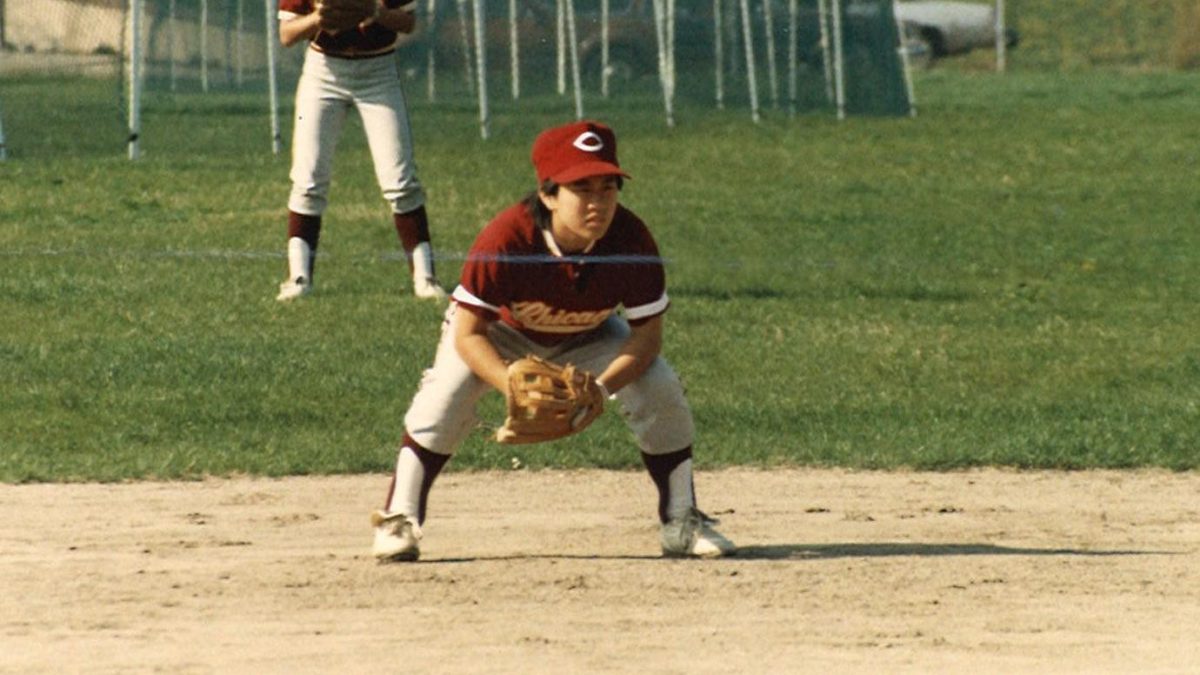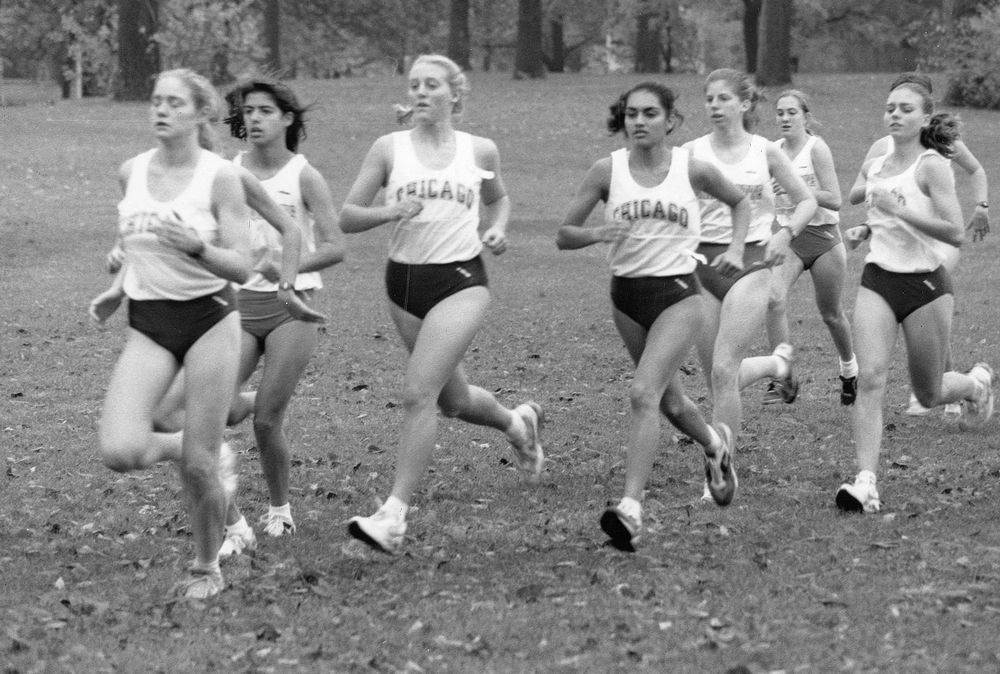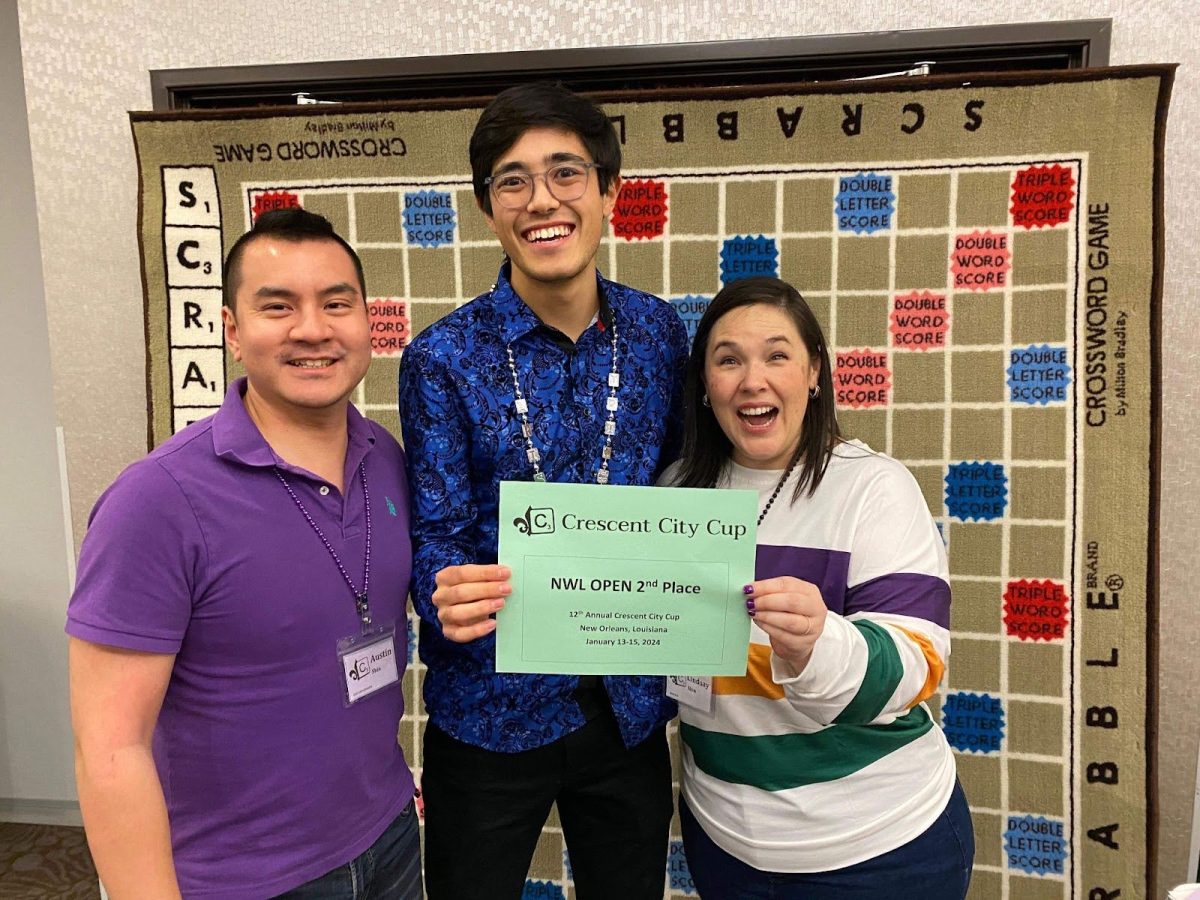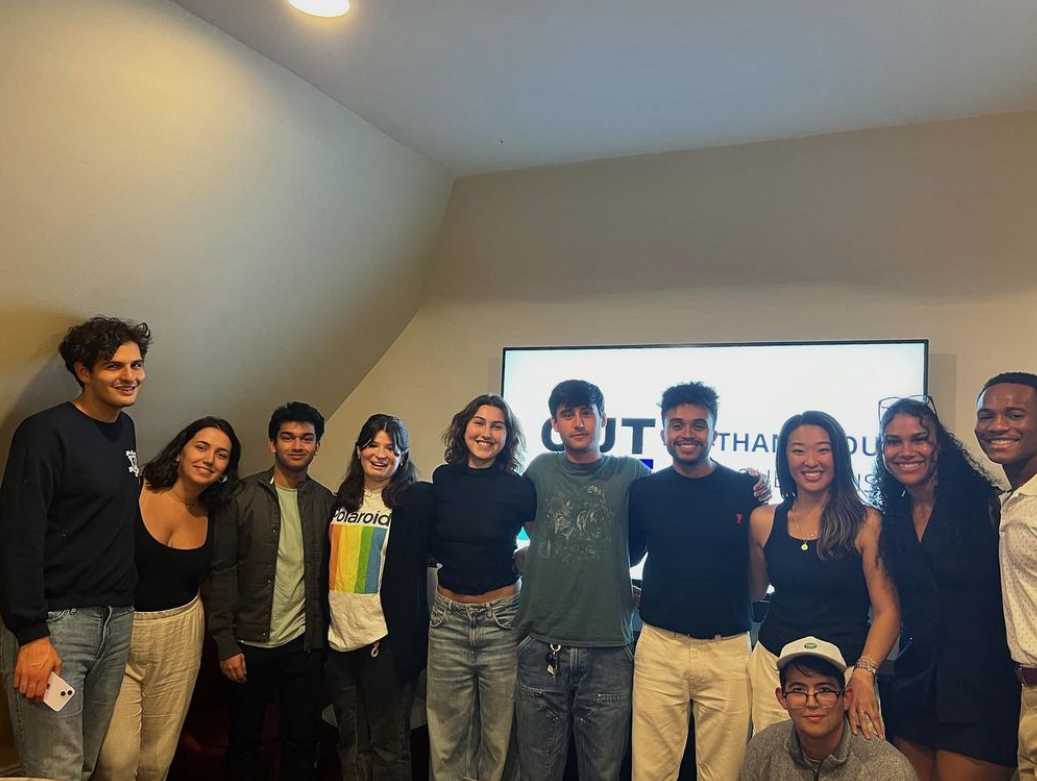In Part One of “State of Our Athletics,” we examined the considerable progress the Maroons have made over the last year. But the program has fallen flat in some other areas. Coaching turnover has been a constant on the South Side in recent years. While it has worked out for the better in some instances, such happy accidents are the exception rather than the rule. At the same time, the long history of student apathy toward the Maroons has continued virtually unabated. How is the department handling these stumbling blocks? In Part Two, athletic director Tom Weingartner offers his views on these challenges facing the athletics program.
Part Two: The Bad?
Making new Phanatix: The place of athletics on campus
The addition of lights and field turf should do wonders for the department’s ability to satisfy the scheduling needs of club and intramural competition, and new machines at Ratner and Crown will greatly benefit the hundreds of casual exercisers who walk through their turnstiles daily.
But as many are quick to point out, that card swipe into the gym is the extent of the contact most of the student body has with the athletic department. Attendance at home events is usually low, and there is a marked lack of awareness of the athletic program on campus. Students are far more likely to be surprised that the school sponsors a team in a given sport than to actually attend an event.
In recent years, several groups have worked to change this, most notably the RSO Phoenix Phanatix, the GoMaroons audio broadcast team, and this section. The athletic department has helped support these efforts over the past few years with giveaways, basketball’s annual Beach Night, and barbecues at games during the fall and spring seasons. These attractions have allowed the Maroons to pack the house for those particular matches but have done little to increase overall attendance and support for U of C athletes.
Despite this lack of progress, there will not be a further major push on the part of the administration to bring more attention to Maroon sports. Weingartner indicated that there is no question the department will continue its support but remarked that it is a “secondary priority.”
“We decided several years ago to reorganize our funding so that a small amount could go to the promotion of various varsity sport events. We hear from students, both varsity athletes and non-varsity athletes, that to have a packed gym for a basketball game one or two nights a winter is a good thing for the student body, and certainly our athletes love playing in that sort of environment,” Weingartner said. “But when I meet with other administrators, these kinds of issues are almost identical from campus to campus among the schools with our culture. It’s no worse here than it is anywhere else.”
It’s a sentiment that’s been expressed in the past by Weingartner, former vice president and dean of students Steve Klass, and others in the U of C hierarchy. However, it’s one that rings false at a university with a historically uneasy relationship with its athletic programs. Chicago’s image among the students and across the nation is still as the school that gave up a spot in the Big Ten as opposed to the school that’s been lauded as a model for how to achieve both academic excellence and athletic competitiveness. Given the success of the soccer and basketball teams, one would hope that we could begin to reframe that picture. Thus far, it seems that we still have a long way to go.
A Revolving Door? Coaching Turnover
For all the indications of further competitive success in 2007–2008, none might be greater than the fact that for just the second time since 2002, every program will have its head coach returning. This will be a notable change after last year in particular, which saw men’s swimming coach George Villarreal resign to pursue other professional opportunities and men’s soccer’s John O’Connor—accompanied by his wife, women’s swimming coach Sheila O’Connor—leave for D-I Rhode Island.
All three teams thrived and reached new heights under their new management with Scott Wiercinski coming to head men’s soccer and Jason Weber taking over for both swimming squads, but Weingartner is the first to admit that these changes at the top are disruptive. With a bevy of young talent standing on the sidelines for the Maroons and offers and opportunities quietly but frequently being made to new and veteran coaches alike, this is a problem that the athletic department deals with regularly. At this level of competition, it’s an inevitable challenge.
“I’m always having conversations with faculty about these issues. I think it will always be the case that people will have opportunities that will involve leaving the University. In some ways, that’s a good problem to have—it means you’ve gone out and hired good people, they’ve had success, and therefore they have opportunities,” Weingartner said.
At the same time, the athletic director was far from ready to agree that the department has a revolving door for its head coaches. The baseball, football, women’s soccer, and wrestling teams have all been led by the same coach for more than a decade. Mike McGrath has been with men’s basketball for a total of 15 years, and the department considers many of its more recent hires as in it for the long haul. While something to think about, concern about the willingness to make a long-term commitment is not yet affecting the hiring process or day-to-day operations around the program.
“When I hire a coach, I hope they’ll stick around. There’s a lot of time and effort that goes into the search process. Emotionally, it would be very hard to go through that process and not hope… that they’ll be here forever,” Weingartner said. “When I think about the UAA, we’re about average in terms of stability. I actually think we’ve been relatively stable over the last five years or so.”
The same can’t be said at the next level down. The comings and goings of assistant coaches at the U of C are constant, prevalent, and unrelenting, and the addition of new second-in-command positions for tennis and track this year is only likely to spark even more movement. While at this point, it appears that every assistant will return, few in the department are convinced that won’t change within the coming weeks.
“We take a slightly different tack to assistant coaches. We made a decision a long time ago that with a lot of demand on finite resources, that our assistant coaching positions were going to be by and large entry-level-like positions,” Weingartner said. “If you have success here, when you apply for a coaching position at about 50 or 60 universities across the country at the Division-III level, your rsum goes to the top of the pile. We wish we could pay them more, but we can’t, and they’re going to have other opportunities within four or five years of their tenure.”
One thing that hasn’t been discussed for its possible effects on turnover is the possibility that DIII itself will be undergoing some major changes, with some of them set to take effect in the next five years. Check Tuesday’s issue for an overview of the battle lines being drawn over the future of college athletics, and how they may affect the U of C.









